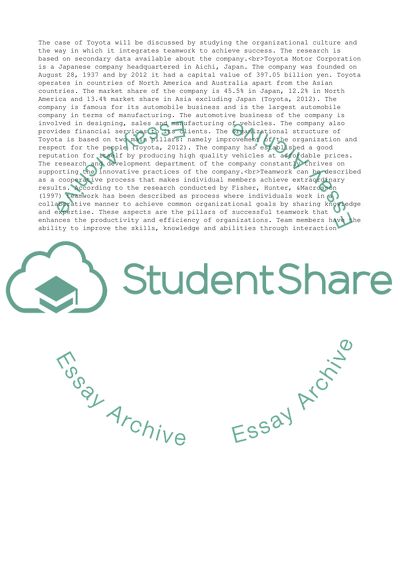Cite this document
(Reality Based Education Research Project Paper Example | Topics and Well Written Essays - 2000 words, n.d.)
Reality Based Education Research Project Paper Example | Topics and Well Written Essays - 2000 words. https://studentshare.org/human-resources/1838097-reality-based-education-research-project
Reality Based Education Research Project Paper Example | Topics and Well Written Essays - 2000 words. https://studentshare.org/human-resources/1838097-reality-based-education-research-project
(Reality Based Education Research Project Paper Example | Topics and Well Written Essays - 2000 Words)
Reality Based Education Research Project Paper Example | Topics and Well Written Essays - 2000 Words. https://studentshare.org/human-resources/1838097-reality-based-education-research-project.
Reality Based Education Research Project Paper Example | Topics and Well Written Essays - 2000 Words. https://studentshare.org/human-resources/1838097-reality-based-education-research-project.
“Reality Based Education Research Project Paper Example | Topics and Well Written Essays - 2000 Words”. https://studentshare.org/human-resources/1838097-reality-based-education-research-project.


